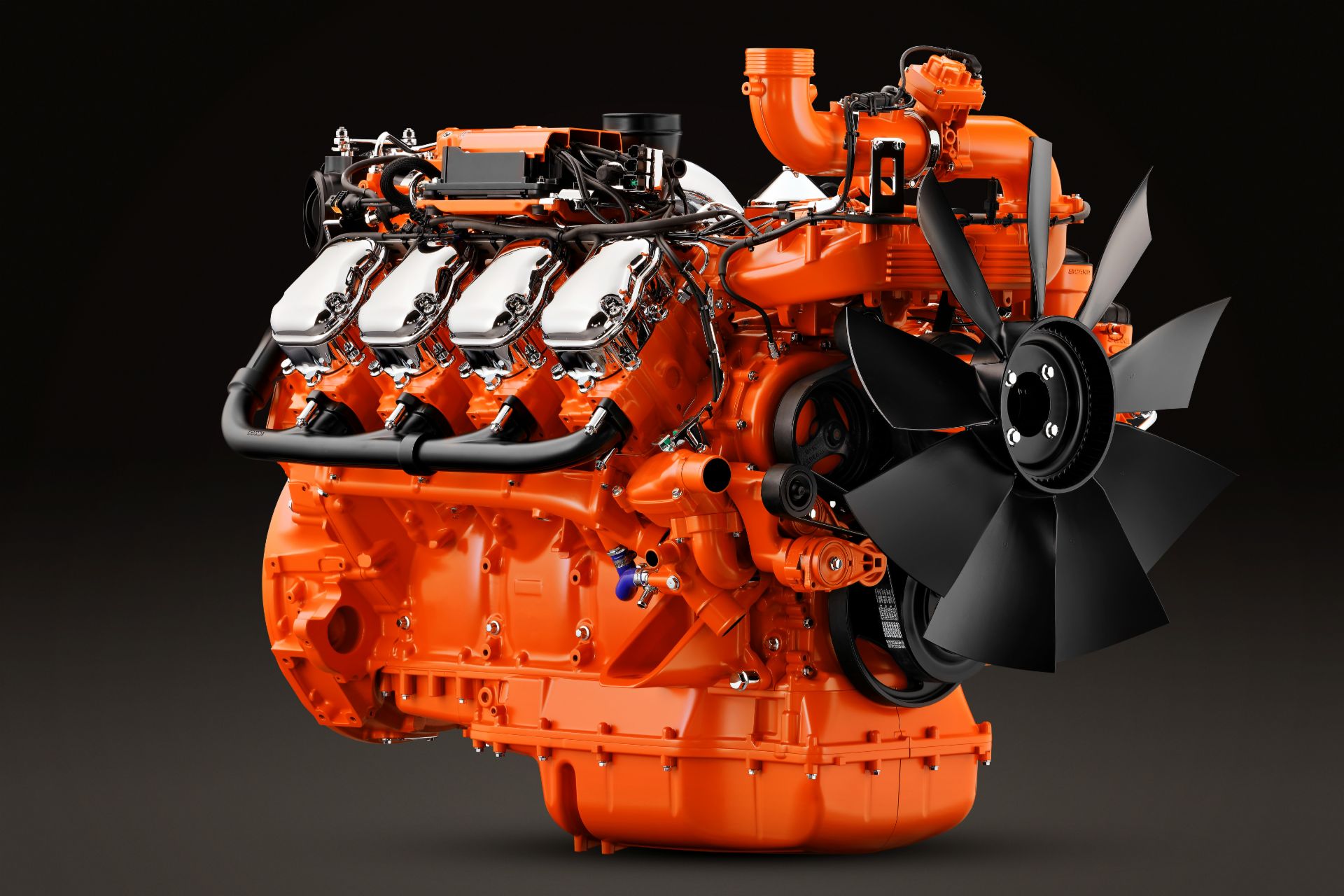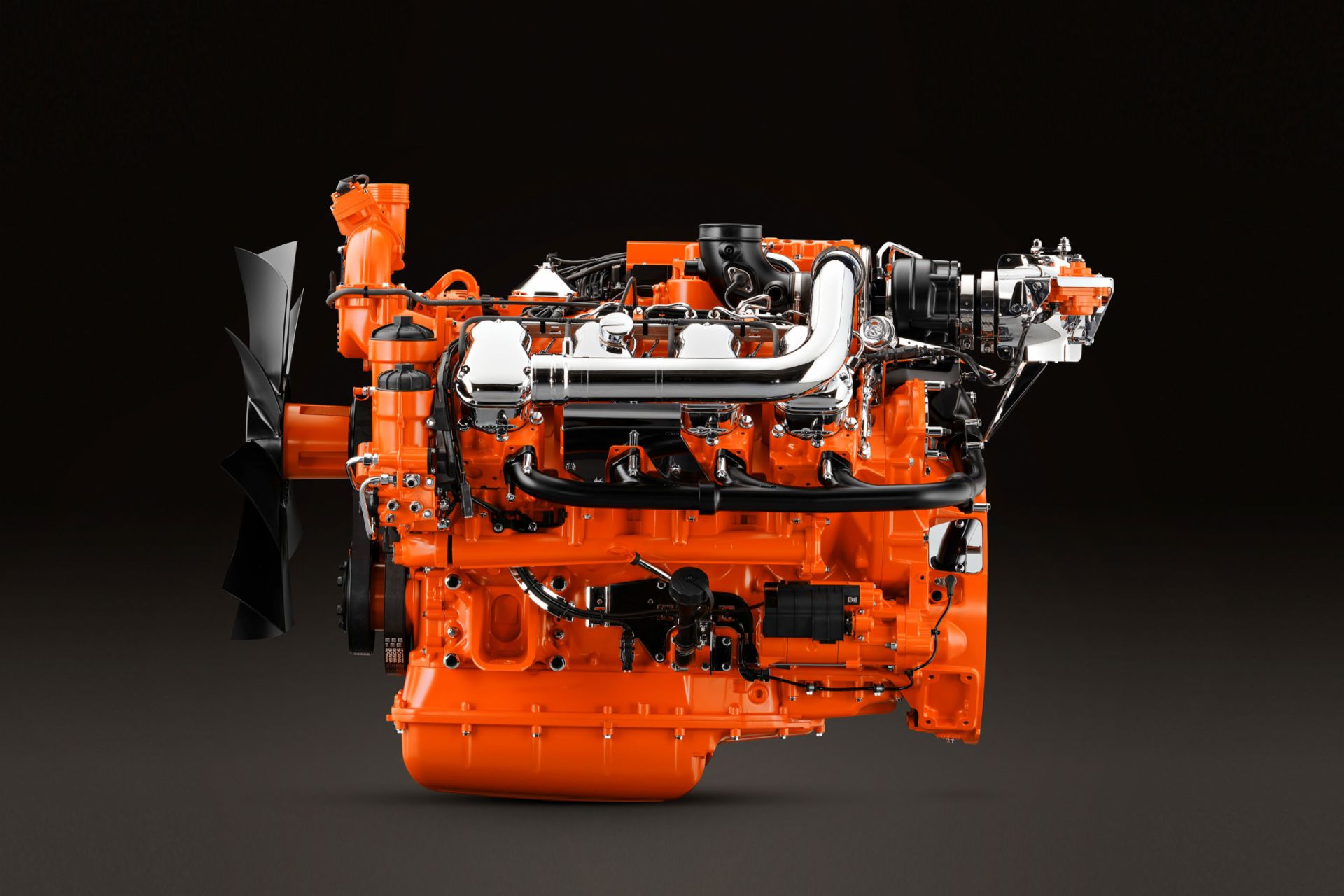“With connected engines from Scania, lengthy, unplanned downtime can be avoided,” says Fredrik Järild, Vice President Sales, Scania Engines. “We know that downtime can be detrimental for business, particularly when the equipment or vehicle is highly specialized or forms part of an operational chain.”
With more than 360,000 connected vehicles, Scania has comprehensive experience in offering connected services. The result is efficient processes and user-friendly tools that focus on added value for the customer.
With connected engines, downtime can be reduced through more proactive support. When minor issues occur, the engine stores that information, and flags it for repair at the next regular maintenance appointment.
If the problem is more complicated, a Scania technician will be able to diagnose the issue remotely, using the Scania Remote Diagnostics tool. The technician can then provide the operator with accurate advice and, if onsite repair is required, ensure that the correct tools and parts are brought.
Minimizing downtime is also about planning maintenance to when it suits the operation. Scania’s fleet management services simplify that process by providing data on engine running time as well as a user-friendly planning tool, paving the way for more efficient planning.

Furthermore, the connected engines enable users to see the exact position, running status (on/off), GPS-based speed, direction and movement patterns of equipment, vehicles, or vessels, so it is possible to track machines in real time. Bottlenecks can easily be identified to determine loading frequency, and to analyze other important flows and processes. The data that is provided can be analyzed and used to make informed decisions that improve productivity.
Geofences can also be set, permitting users to monitor that the machines are being used when and where they should, estimate arrival times, and much more.
The connected engines also provide data on fuel consumption and on actual emissions of particulate matter, carbon monoxide, carbon dioxide, nitrogen oxides, and hydrocarbons. This helps users cut costs and learn more about the environmental footprint of their operation. The structured environmental data also reduces administrative work and facilitates environmental reporting.
For equipment manufacturers that install the Scania Communicator telematics unit, Scania offers access to data on operational time and frequency of the machines as well as location, fuel consumption, and environmental impact.
